Telescope-Accessories-Astronomik L-3 UV-IR Blocking EOS Clip Filter
$83.29 Original price was: $83.29.$49.98Current price is: $49.98.
Enhance your astrophotography with the Astronomik L-3 UV-IR Blocking EOS Clip Filter. Buy now for stunning clarity!
118 in stock
Astronomik UV-IR Blocking Luminance Filters
For an exceptional final image, the Luminance channel is probably the most crucial. The filter should feature the highest possible transmission with a wide spectral bandpass so you get as much signal as is viable. This combination enables impressive sensitivity and provides you with the greatest pixel photon counts. While the high transmission level is an excellent feature of Astronomik’s new Luminance filters, not all optical instruments, or supplemental optical devices such as correctors, field flatteners, or reducers, enjoy perfect color correction. Thus the Luminance filter’s spectral bandpass width can be an issue. A band pass with too much width enables the transmission of light that is not completely focused (chromatic aberration), making stars display as soft or bloated. In such instances image processing can be challenging. Therefore, having a marginally narrower spectral window in your Luminance filter can lessen or even do away with this detrimental effect altogether.
Astronomik has updated their Luminance filter line to include three different spectral window widths so that you can match your L filter to the type of telescope you use. The “L-2” filter is very similar to the classic Astronomik Luminance filter. By contrast, the L-1 has a wider spectral window, while the L-3’s spectral window is narrower.
The color correction of your telescope will determine whether you should use a filter with a wider spectral window for the Luminance data. For the widest spectral window, choose the L1 filter; and for the narrowest spectral window, choose the L3 filter. The middle ground contains the L2 which has about the same size spectral window as Astronomik’s current L-Filter.
For optical systems that are totally free of chromatic aberration, the L1 filter is the best option. When working with most optical systems using a correcto, flattener, or reducer in the optical train for common use, the L2 is your choice. Lastly, for users with refractors that feature less than perfect color correction, the L3 filter works best. Also, the L3 can combine with Astronomik’s new Deep-Sky RGB filters to lessen the bluish halo effect around stars.
The transmission curve characteristics and coatings on the new Luminance filters have been designed and engineered in such a way that no halos or reflections will be visible. Even with bright stars in the field of view you will be able to reveal the faintest structures in galaxies or nebulae.
Like all Astronomik Filters, the new Luminance filters are made using an extremely durable and scratch resistant coating, deposited on the finest polished optical substrate, which is free of any striae or internal strains. All substrates are made to exactly the same thickness, so all Astronomik filters are parfocal.
Astronomik UV-IR Blocking Luminance Filter Highlights
- Parfocal with any filter carried by Astronomik
- Offers complete resistance to the impacts of scratching, aging, and high humidity
- This filter is diffraction limited and thus will not reduce the optical performance of your telescope
- All Astronomik filters arrive with a durable, supreme quality plastic filter container
Astronomik Clip-Filter System
Made from black anodized aluminum and laser-cut on state-of-the-art machines, Astronomik’s unique Clip-Filter system can be placed directly into the camera body of the Canon EOS in only seconds. Adjustments are not needed, and all lens functions such as focus, screen, and image stabilization, stay operational! Excluding the EF-S series, all Canon system lenses, as well as all M42 and T2 lens adapters, are compatible with the Astronomik EOS Clip Filter. This system also serves as a suitable dust shield, preventing dust from gathering on your sensor when taking long exposures.
Only logged in customers who have purchased this product may leave a review.


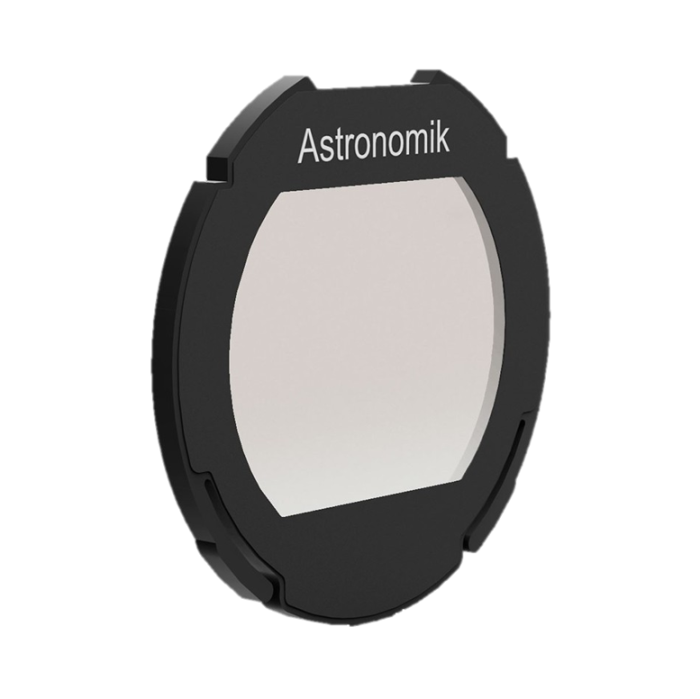
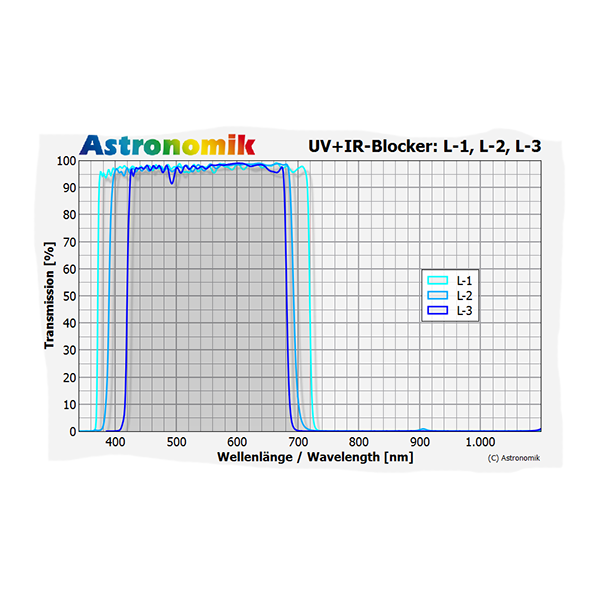
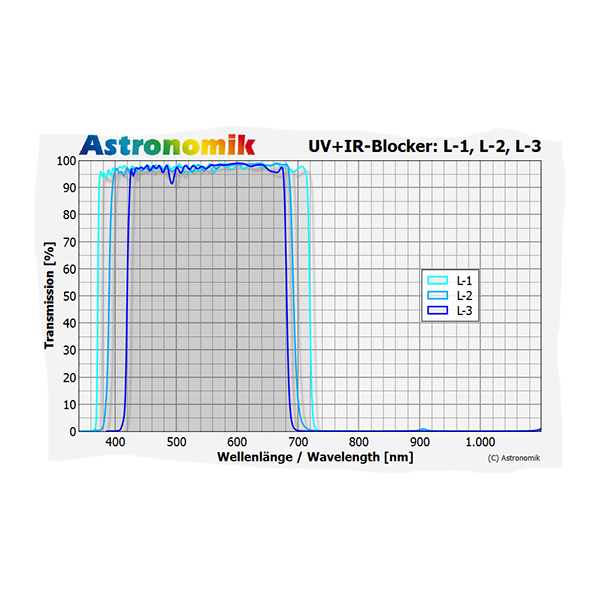
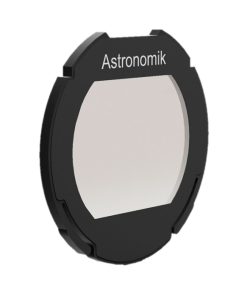
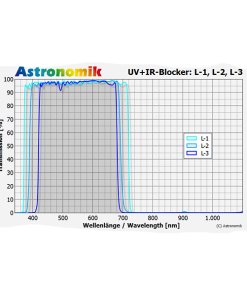
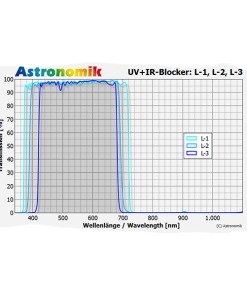
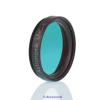
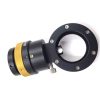
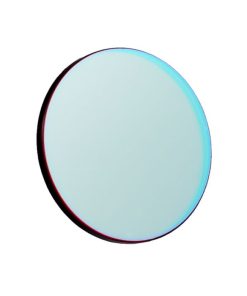
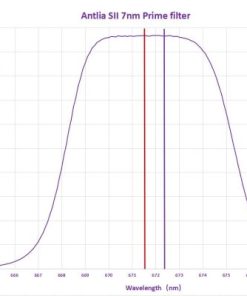
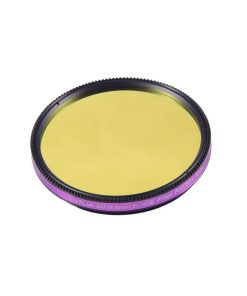
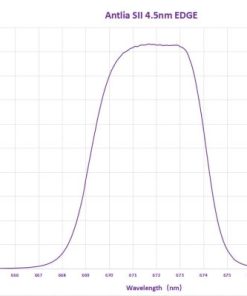
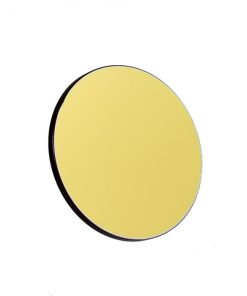
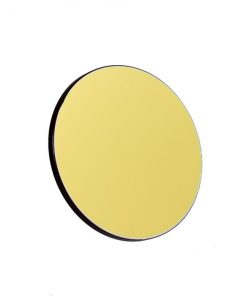
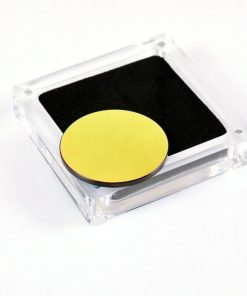
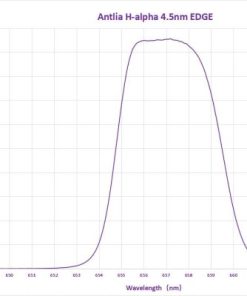
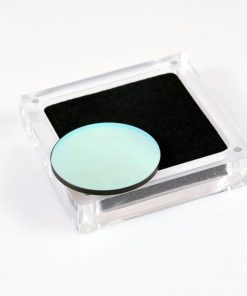
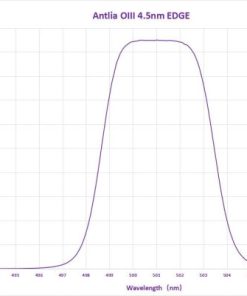
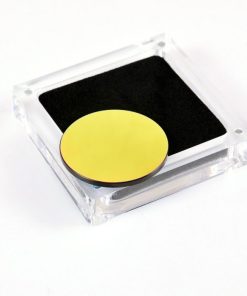
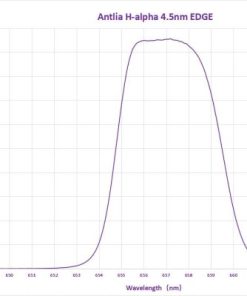
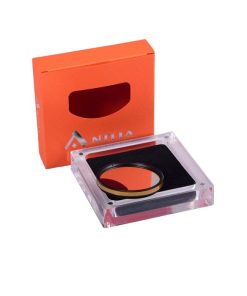
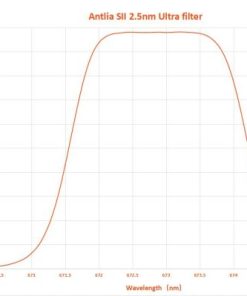
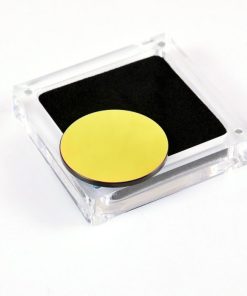
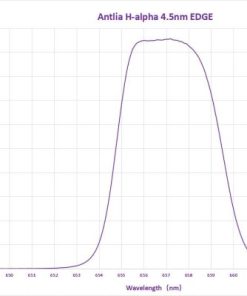
what our customer say this product:
There are no reviews yet